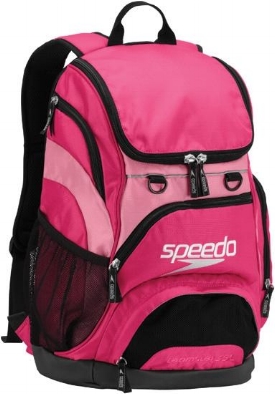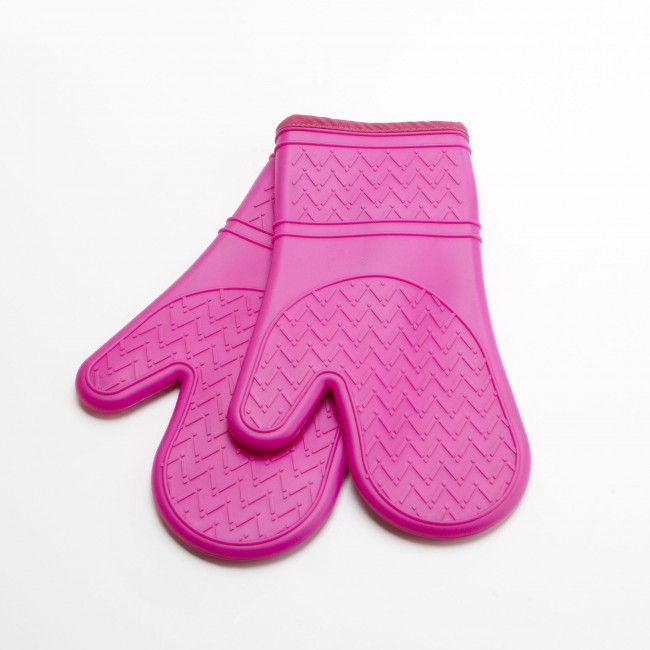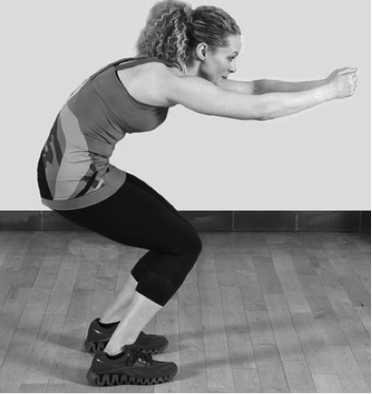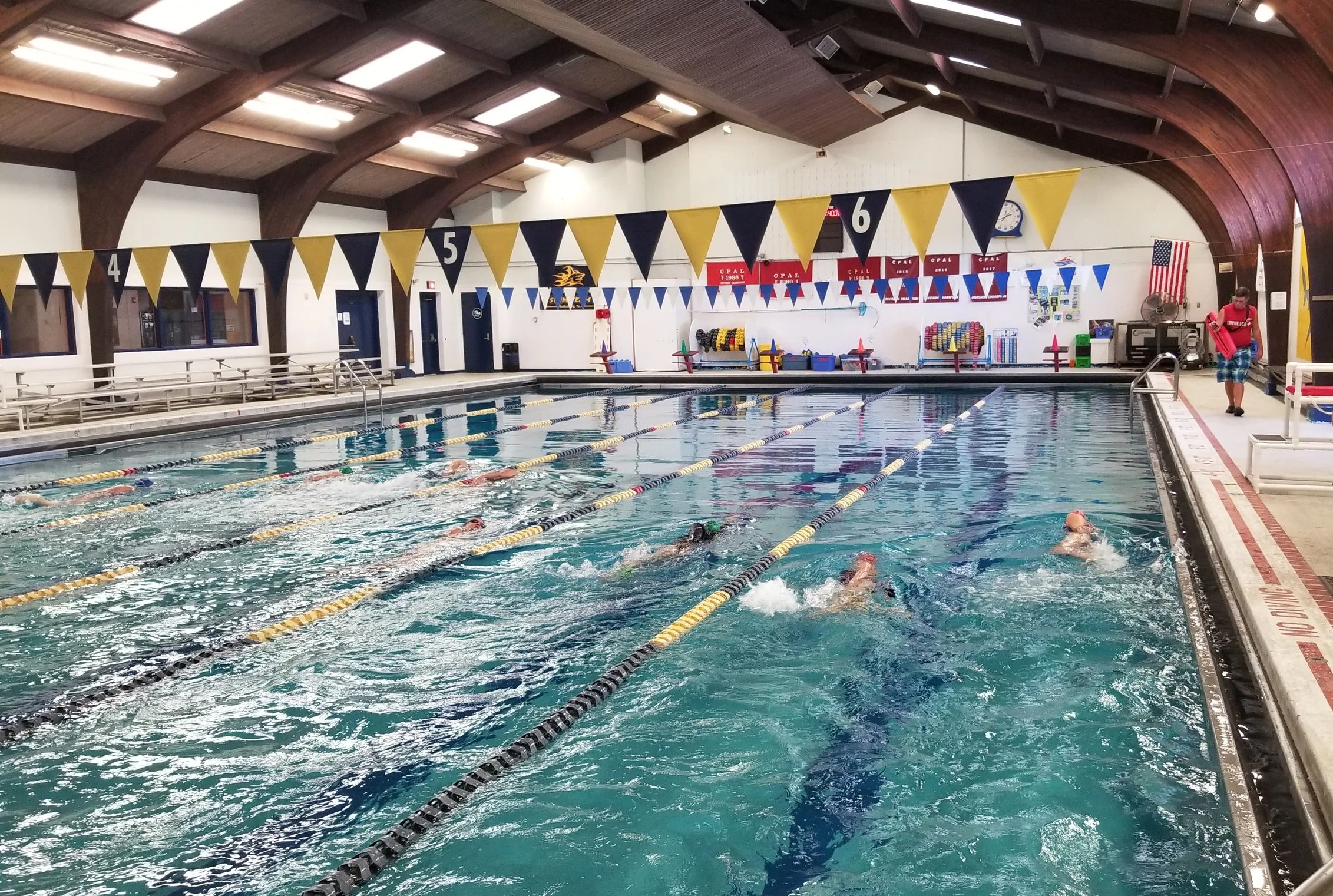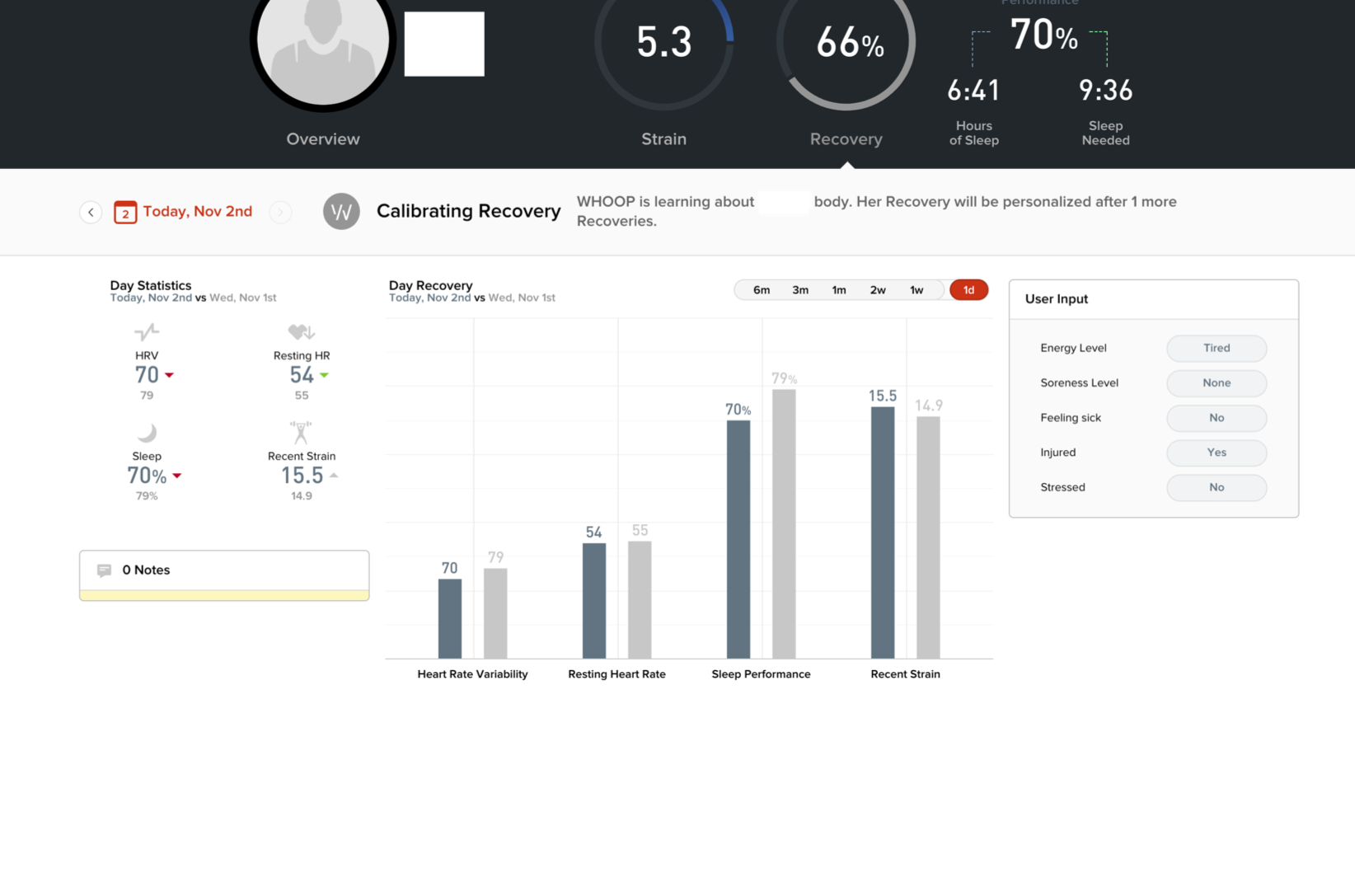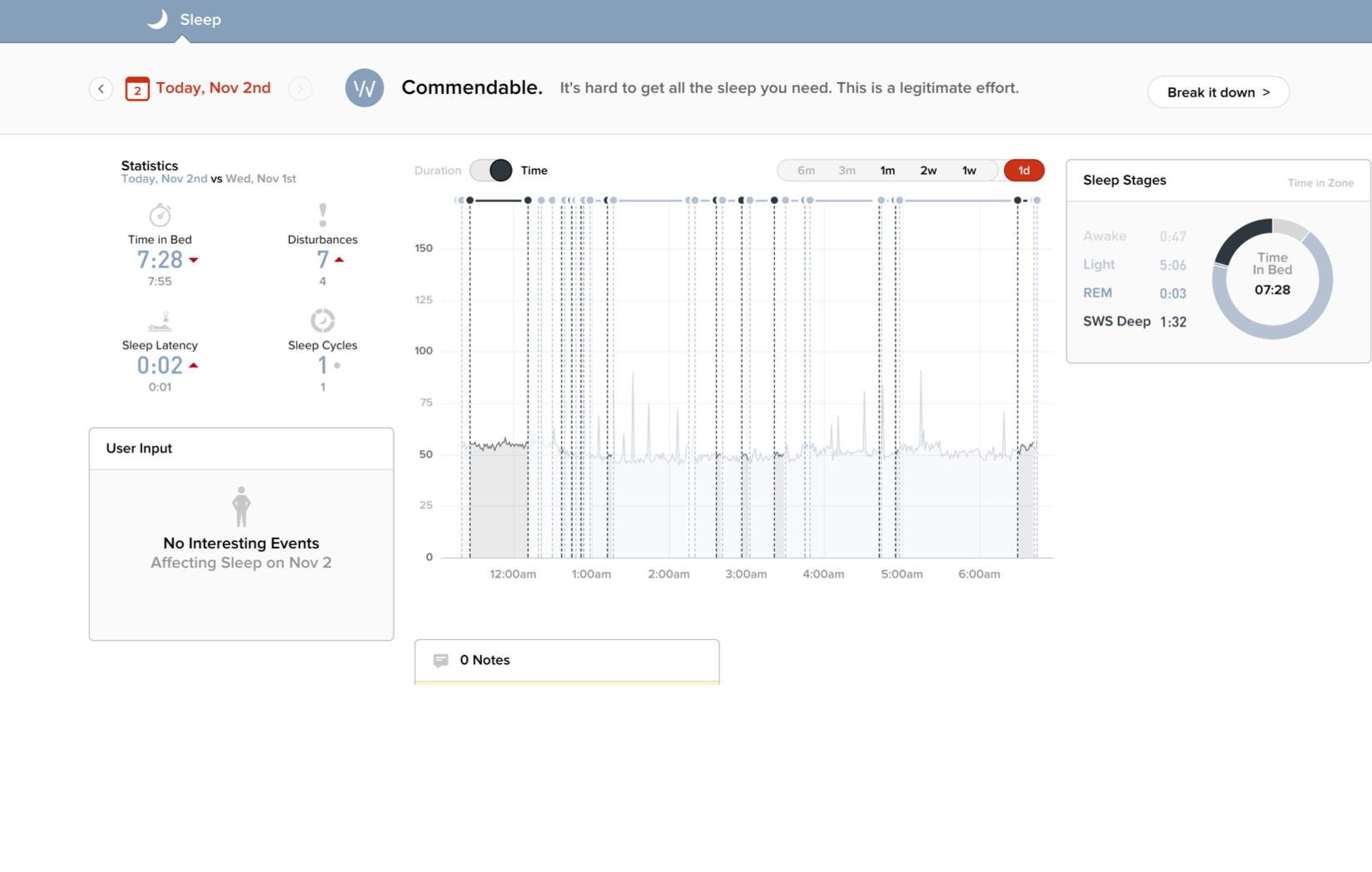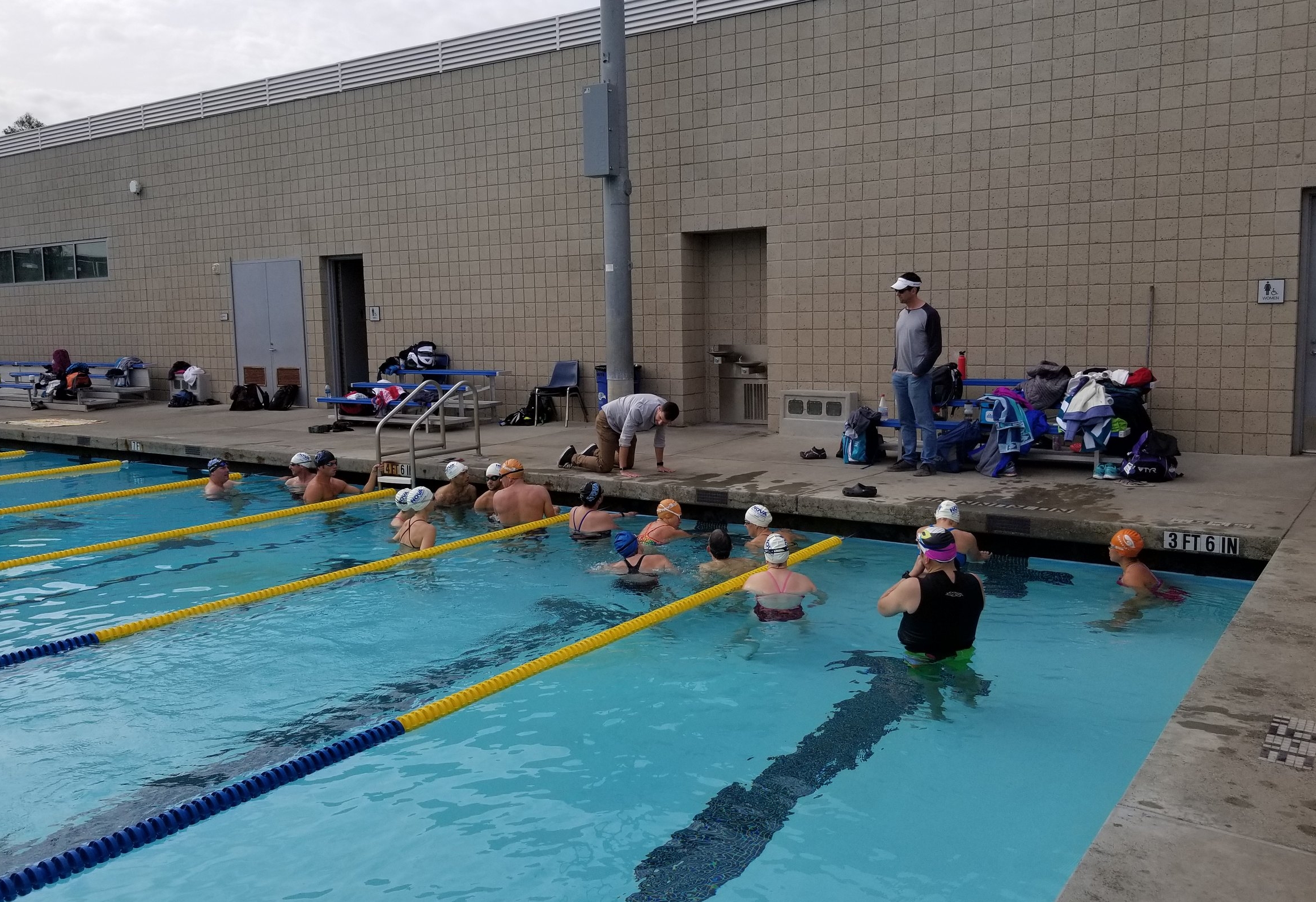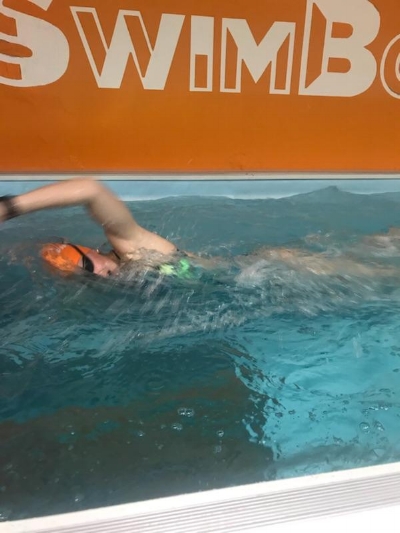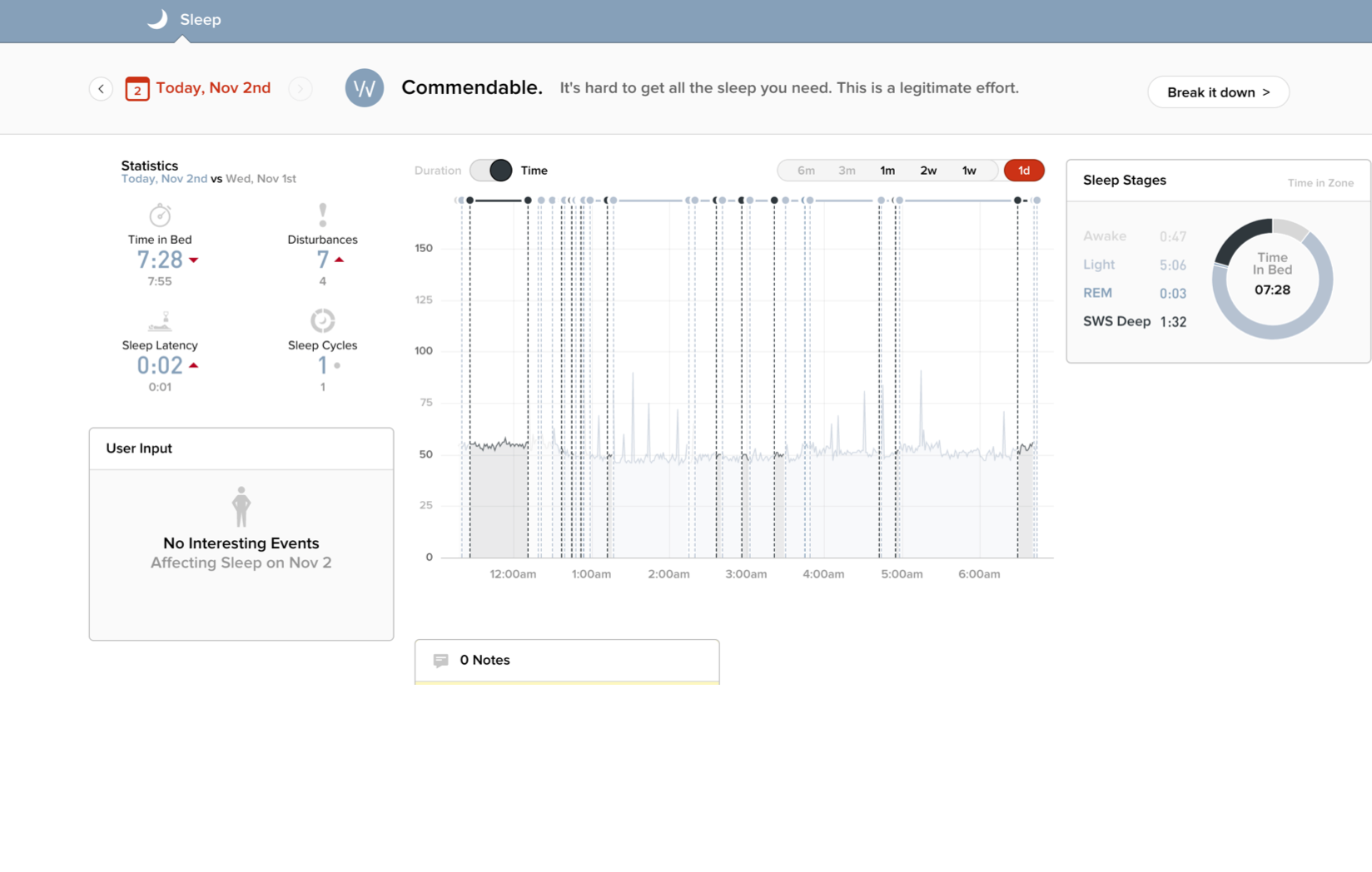In my last two posts we talked about Recovering Well and Moving Well. If you missed
either of those posts make sure that you check them out. For today’s post, we will be
discussing the concept of training well.
A decent amount of you that are reading this probably have a coach. Your job as an athlete is to
show up to practice and complete the workout that day. Simple, right? Well, nothing about
training ever is. Showing up for your training is important, but what are you training for? What is
the goal? If you don't have a goal for your training, i.e. drop 3 seconds in the 400 IM,
then you're just guessing, and when it comes to reaching peak performance, are you willing to
guess?
Every good training plan starts with a goal. As world renowned strength coach, Dan John, likes
to reiterate, “The goal is to keep the goal the goal." So when devising a training plan, you have
to ask yourself what your goal is for a specific training cycle and reverse engineer it from the end
result. In our example of the 400 IM, what would you need to swim 3 seconds faster? Here are
some examples:
- Speed workouts
- Speed Endurance workouts
- Strength Training
- Skill/Technique training
- Turn Work
- Race-Pace Workouts (at a pace 10 sec faster than current race pace)
Now, when you look at your training, what do you see? If the goal is to swim 3 seconds faster
in the 400 IM but your workouts consist of long, slow, swimming, then it's no surprise that you
have not gone faster. This leads to the next important concept of training well: auditing.
No one wants to find out after six months of training that their training was not up to par. While
you cannot know if your training is effective after one week, it's important to schedule training
audits to make sure that you're “keeping the goal the goal,” but also that what you're doing
in training is having a positive affect on your performance. Part of the auditing process is
performance testing. While the best test is a race, you can't always race every 4-6 weeks. In
this case, testing and measuring the different abilities that lead to peak performance in your
sport is important. Examples include:
- Reaction time
- Power: medicine ball throws, jumps, Olympic lifts, etc.
- 50-meter test
- Video analysis for technique
- Lactate Threshold Testing
- Heart Rate Variability
These are just some examples of metrics that you can test every so often (4-8 weeks) to make
sure that the training you are doing translates to the results you are looking for. As the saying
goes, “what gets monitored, gets managed." If you aren't setting goals, developing a training
plan that supports these goals, and monitoring to make sure that you're on target, this may be
why you are not seeing the results you had hoped for. Log every workout to make sure that there is a track record. That way, you know what worked
and what did not. Even if you are not the one making the training plan, it's very important that
you still log your workouts in some fashion. This allows you, the coach, the strength coach, and
the clinician to have an understanding of what may have been the cause behind poor
performance.
Training hard is important, but training smart is crucial.




